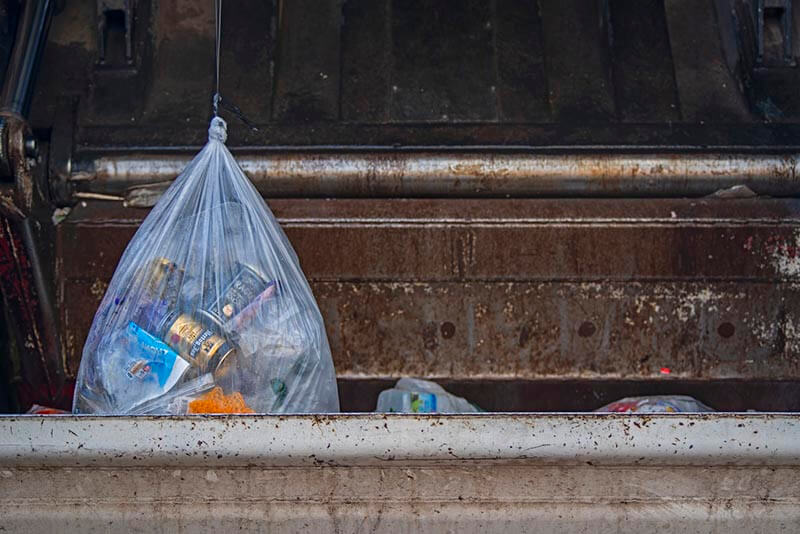Imagine you are standing near Calgary’s West Village Tower, Toronto’s The Monde or Vancouver House – but couldn’t see the tops of them because all our recyclable waste was sent to landfills.
Okay, maybe our garbage dumps aren’t going to start obscuring our skyscrapers any time soon, but one of the world’s biggest landfill sites in the USA is Puente Hills, which had been taking rubbish from all over Los Angeles for 50 years.
While it stopped taking garbage in 2013, it rose to 150m tall – the same height as the three tallest Canadian towers.
But landfills don’t just go up vertically, they also sprawl out horizontally. Even Puente Hills’ 700-acre site looks relatively small compared to the 2,200 acres (8.9 million square meters) Apex Regional dump in Las Vegas, Nevada – estimated to be the world’s biggest landfill.
To put that into perspective, that’s about 5,632 ice hockey rinks or more than two of Vancouver’s Stanley Park.
Why are landfills bad?
In India, the country’s biggest landfill will rise to be bigger than the Taj Mahal in 2020. The country’s Supreme Court even said lights will need to be put on top of the pile to warn aircraft that are approaching it.
The Ghazipur Landfill officially reached capacity in 2002, but it still continues to grow and pollute New Delhi.
Birds and rats mix with poverty-stricken waste pickers, while fires break out because of the methane gas. Even people living a few miles away from the landfill suffer from respiratory problems.
This is an example of what can happen if waste material keeps accumulating and we don’t recycle it.
Landfills can pollute the nearby water tables, attract disease and the waste will never decompose, contaminating the environment forever.
Exporting waste
Landfills don’t just affect the environment and people in the country where the recyclable waste is produced.
Research by Greenpeace found a dump in Malaysia that had garbage from 19 different countries, including the USA, U.K., Japan, Spain and Australia.
It found that between January and July 2018, the country imported waste equivalent to the weight of 100,000 elephants.
Despite many countries banning the practice, garbage from wealthy nations regularly finds its way into developing ones.
Where are Canada’s landfills?
Residents raised a toast in 2002, when the country’s biggest landfill in Keele Valley, north of Toronto, closed.
While that was good news for those living nearby, the bad news for Canadians is that there are still 2,400 active landfills in the country.
Moves are being made to address this with organizations such as Zero Waste Canada, which is educating people on reducing wastefulness and calling for the closure of landfills and incinerators.
Most people would like to avoid sending waste to one of Canada’s many landfills or potentially to a dump in Malaysia, China or another developing country.
If you send your aluminum or any metal waste to one of Richmond Steel Recycling’s facilities it will help create jobs and save the environment.

